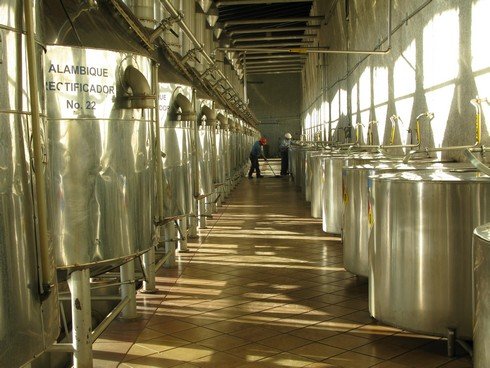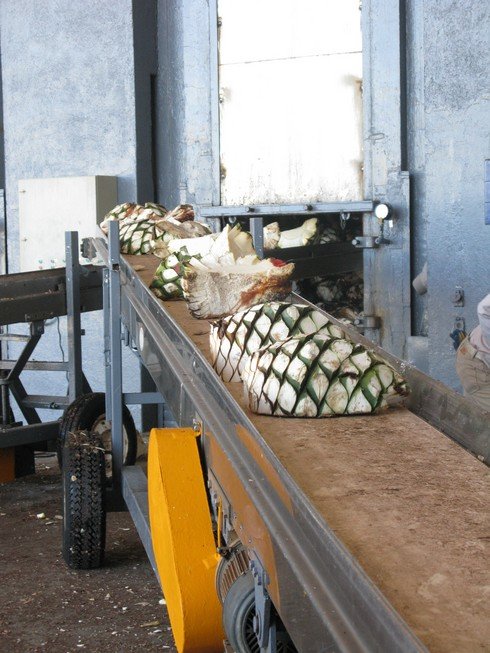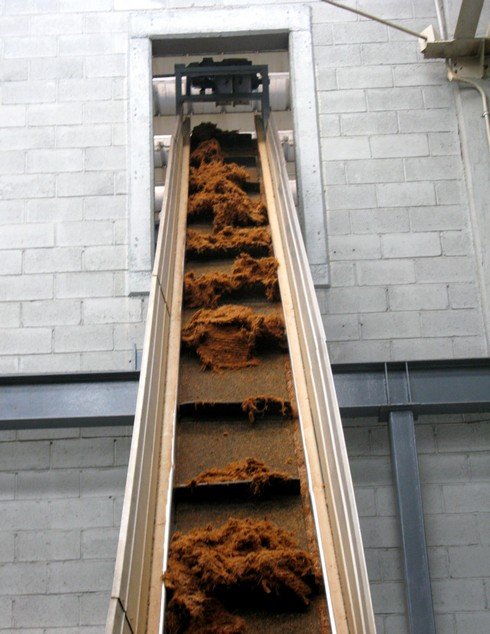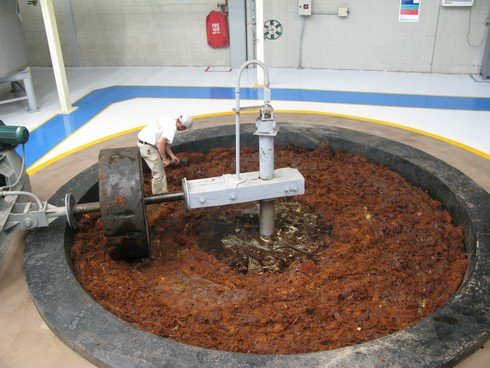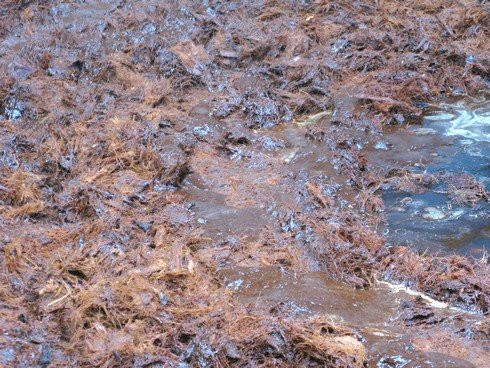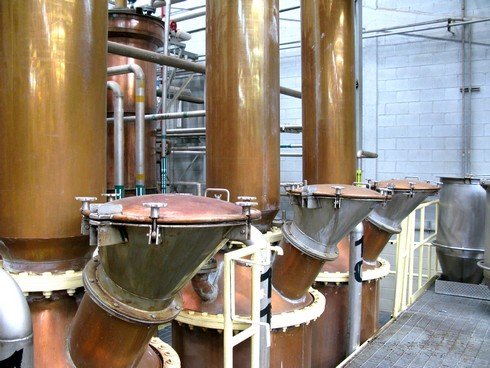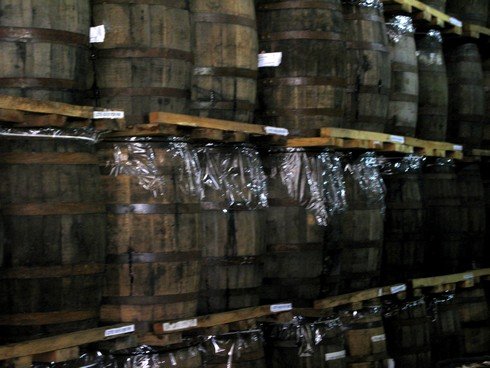In November I visited seven tequila distilleries in Mexico. Here are some pictures and notes from my visit to the Cazadores and Corzo distillery in the town of Arandas.

(Autoclaves cook agave much faster than traditional brick/clay ovens.)
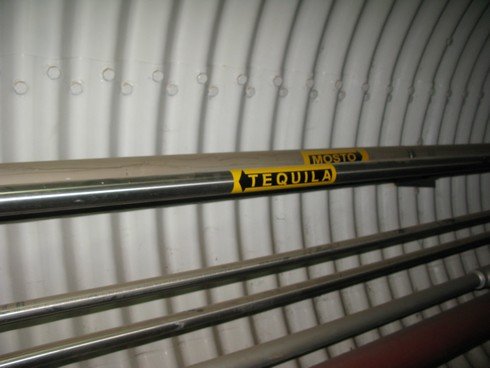
(It's a huge operation here. The liquids travel in pipes through a tunnel beneath a road separating parts of the distillery.)
- In 1922 the recipe for Cazadores reposado was created
- They process 200 tons of agave per day in the distillery
- The autoclaves cook agave for 10 hours at 120 Celsius. Soon they're reducing the cooking time to 8 hours.
- After shredding the agave (after cooking it in autoclaves), they put it in a diffuser; a relatively recent technology that gets the last bits of the sugar out of the agave
- They allow the agave to ferment for about 4 days. The tequila undergoes an alcoholic then a malolactic fermentation
- The first distillation takes about 10 hours, the second takes about 24 hours
- The stills are stainless steel
- They do have a column still that they use "when demand is high"
- Corzo starts from Cazadores reposado. It is then redistilled and re-aged.
- They aged in new white American oak, with some French oak for Corzo
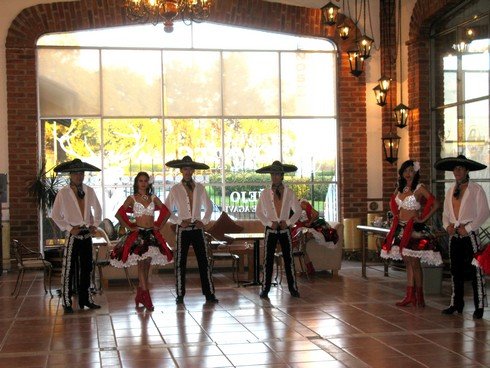
(After the tour, dinner and a dance show in the distillery.)
